Lessons you can learn from the LinkedIn LeakOut
Last month, millions of LinkedIn members discovered their passwords had been published by hackers. But what can your enterprise learn about security, and how to deal with a breach situation, from this unfortunate incident? Davey Winder investigates...
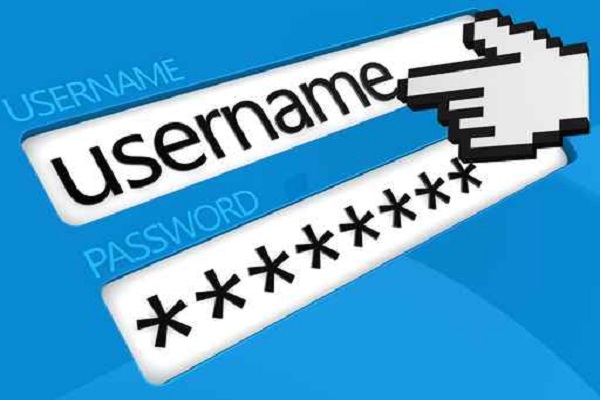

Positives and negatives
The passwords that were published, whether cracked or not, have been invalidated and members advised by email of how to get a new one. However, I am told that some members did not get any notification emails for several days after the news broke, which isn't good enough. Speed is of the essence and, to mix my metaphors, it's always best to err on the side of caution when dealing with a potential compromise if you want to truly mitigate lasting brand damage. So do ensure that you force a password change on all users as a matter of course, and a matter of best practice, and you do this in a timely but managed way.
One option often executed is to advise all users of the fact that all existing passwords have been revoked, and that a further email will be sent when your account can be reactivated. Apologise for the inconvenience, and explain that it's being done in the interests of security. By staging the reactivation, larger organisations can avoid a server roadblock as users scramble to apply new passwords.
Who's in charge?
I'm not suggesting that LinkedIn has not taken this compromise seriously, quite the opposite is obviously the case: external forensics experts, LinkedIn engineers and the FBI are all working together to get to the bottom of this incident. However, I am suggesting it made fundamental mistakes both before and after the compromise was uncovered. From not salting the password hashes to taking too long to notify all those members whose passwords were potentially compromised.
Other really quite remarkable security faux pas include, in my never humble opinion, the lack of a Chief Information Officer or Chief Information Security Office. Surely a business of the size and value, let alone nature, of LinkedIn demands such a position within the executive management to ensure precisely this kind of incident is less likely to happen and the response more likely to be effective? Leaving the functions of such a position to be dealt with by, in the case of LinkedIn as I understand it, the Senior Vice President for Operations, clearly wasn't good enough.
And, finally...
Get the ITPro daily newsletter
Sign up today and you will receive a free copy of our Future Focus 2025 report - the leading guidance on AI, cybersecurity and other IT challenges as per 700+ senior executives
If you have a privacy policy which states that all personal information submitted will be "secured in accordance with industry standards and technology" as is the case with LinkedIn, then you sure as heck better make sure that's what happens. If you don't, there can be little sympathy when the law suits start flying following a breach, even if you do also state that "There is no guarantee that information may not be accessed, copied, disclosed, altered, or destroyed by breach of any of our physical, technical, or managerial safeguards."
Davey is a three-decade veteran technology journalist specialising in cybersecurity and privacy matters and has been a Contributing Editor at PC Pro magazine since the first issue was published in 1994. He's also a Senior Contributor at Forbes, and co-founder of the Forbes Straight Talking Cyber video project that won the ‘Most Educational Content’ category at the 2021 European Cybersecurity Blogger Awards.
Davey has also picked up many other awards over the years, including the Security Serious ‘Cyber Writer of the Year’ title in 2020. As well as being the only three-time winner of the BT Security Journalist of the Year award (2006, 2008, 2010) Davey was also named BT Technology Journalist of the Year in 1996 for a forward-looking feature in PC Pro Magazine called ‘Threats to the Internet.’ In 2011 he was honoured with the Enigma Award for a lifetime contribution to IT security journalism which, thankfully, didn’t end his ongoing contributions - or his life for that matter.
You can follow Davey on Twitter @happygeek, or email him at davey@happygeek.com.
-
 How the UK MoJ achieved secure networks for prisons and offices with Palo Alto Networks
How the UK MoJ achieved secure networks for prisons and offices with Palo Alto NetworksCase study Adopting zero trust is a necessity when your own users are trying to launch cyber attacks
By Rory Bathgate
-
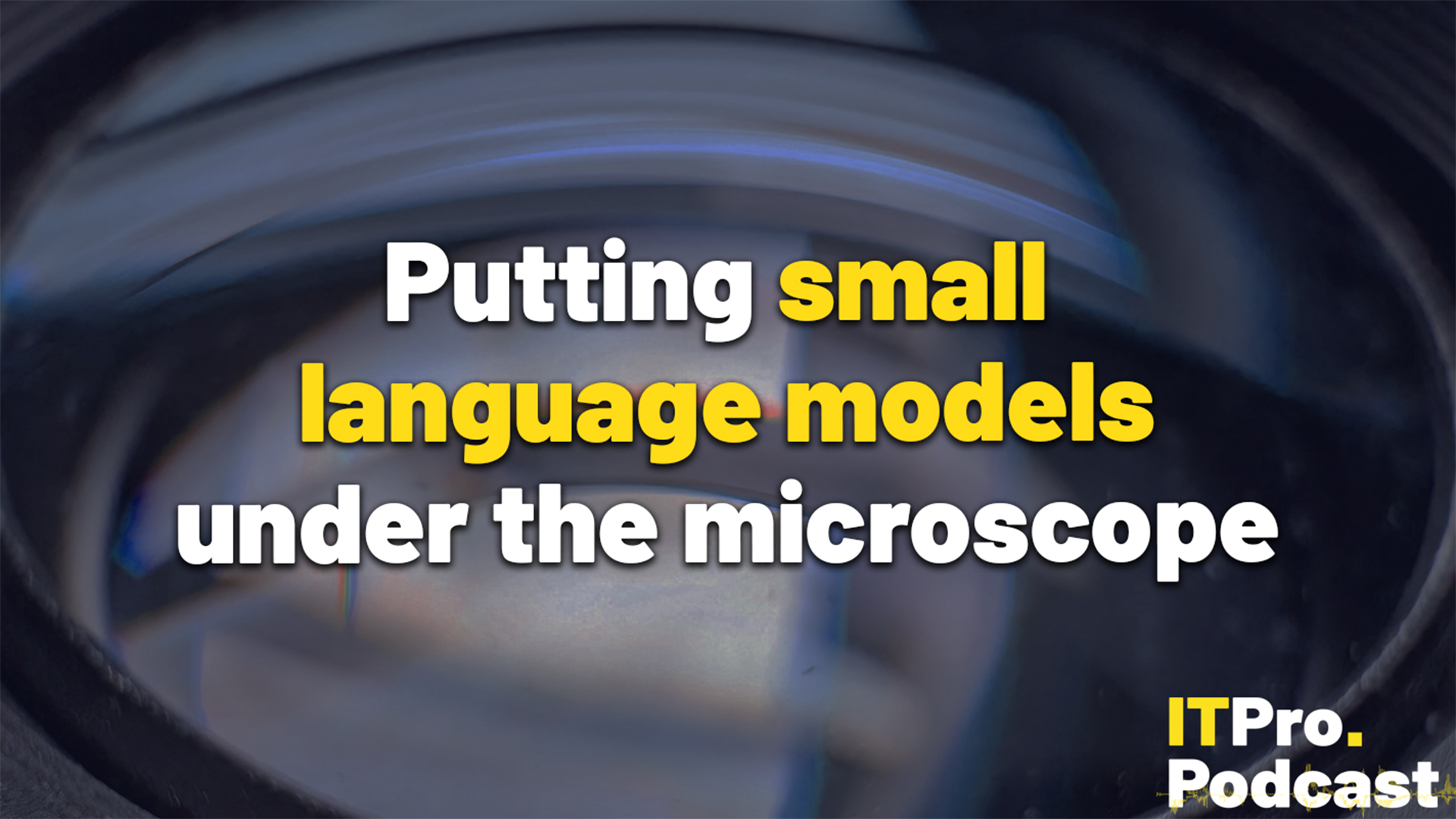 Putting small language models under the microscope
Putting small language models under the microscopeITPro Podcast The benefits of small language models are undeniable – but they're no silver bullet
By Rory Bathgate
-
 I love magic links – why aren’t more services using them?
I love magic links – why aren’t more services using them?Opinion Using magic links instead of passwords is safe and easy but they’re still infuriatingly underused by businesses
By Solomon Klappholz
-
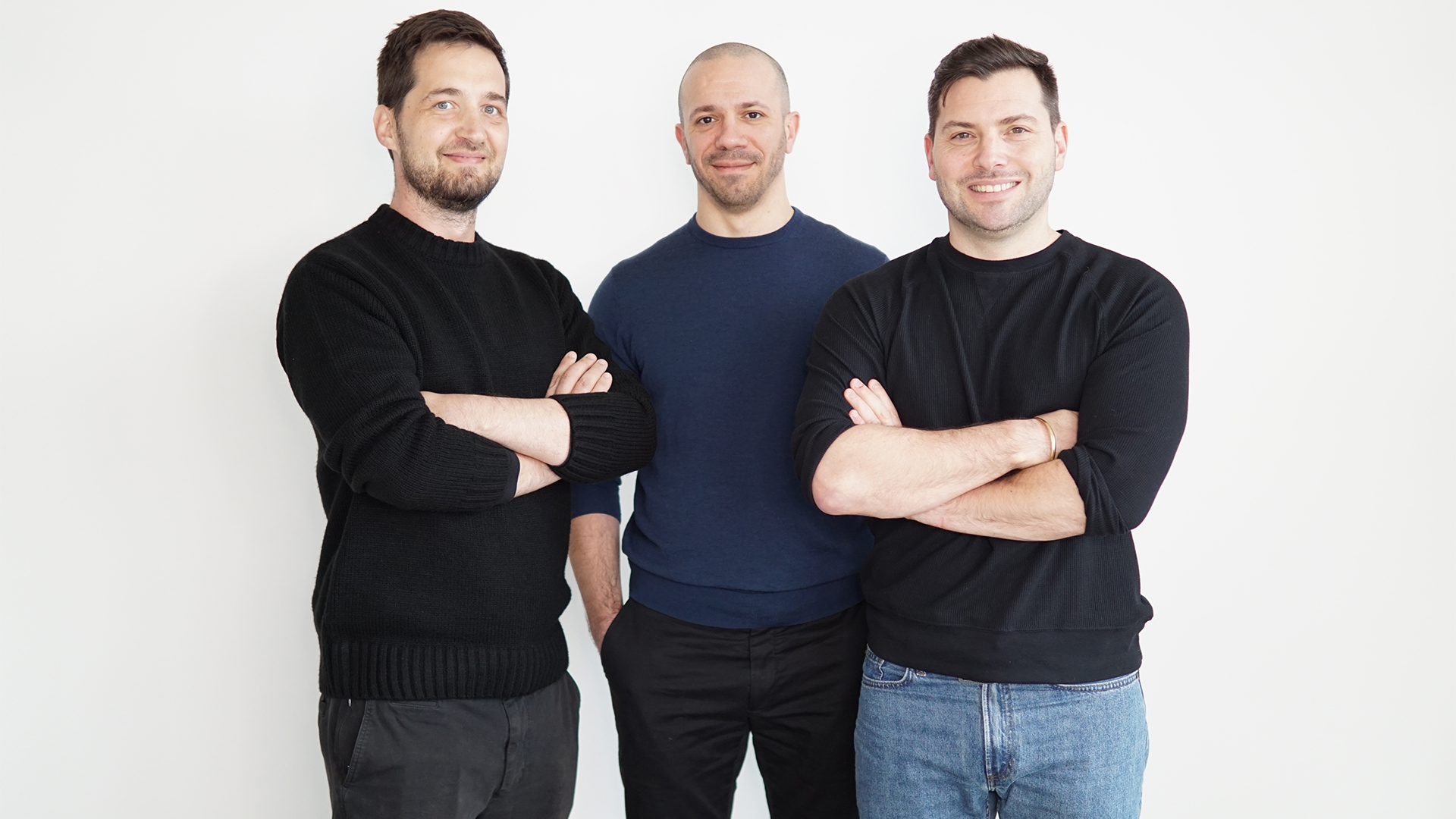 Password management startup Passbolt secures $8 million to shake up credential security
Password management startup Passbolt secures $8 million to shake up credential securityNews Password management startup Passbolt has secured $8 million in funding as part of a Series A investment round.
By Ross Kelly
-
 LastPass breach comes back to haunt users as hackers steal $12 million in cryptocurrency
LastPass breach comes back to haunt users as hackers steal $12 million in cryptocurrencyNews The hackers behind the LastPass breach are on a rampage two years after their initial attack
By Solomon Klappholz
-
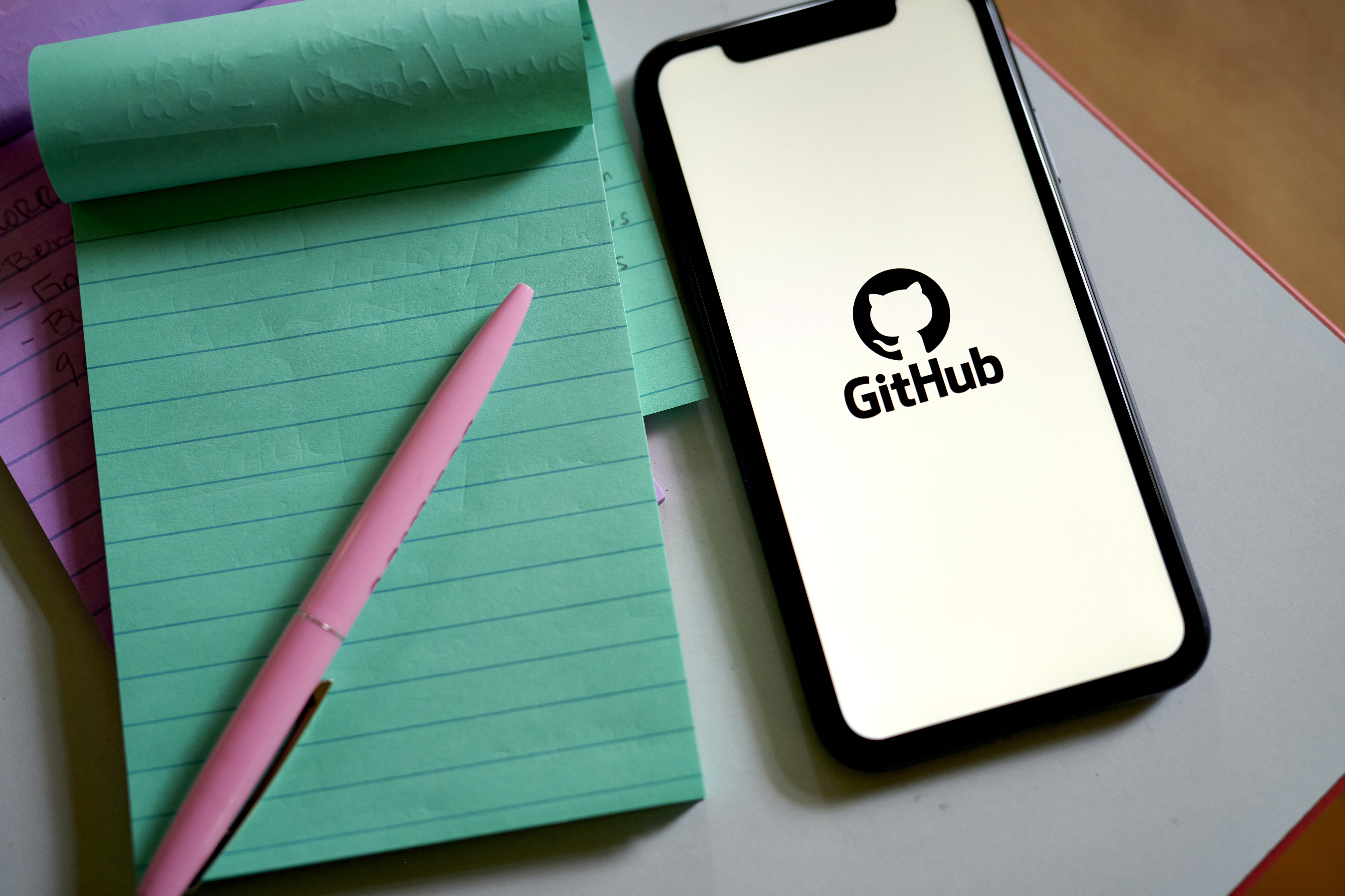 GitHub launches passkeys beta for passwordless authentication
GitHub launches passkeys beta for passwordless authenticationNews Users can now opt-in to using passkeys, replacing their password and 2FA method
By Daniel Todd
-
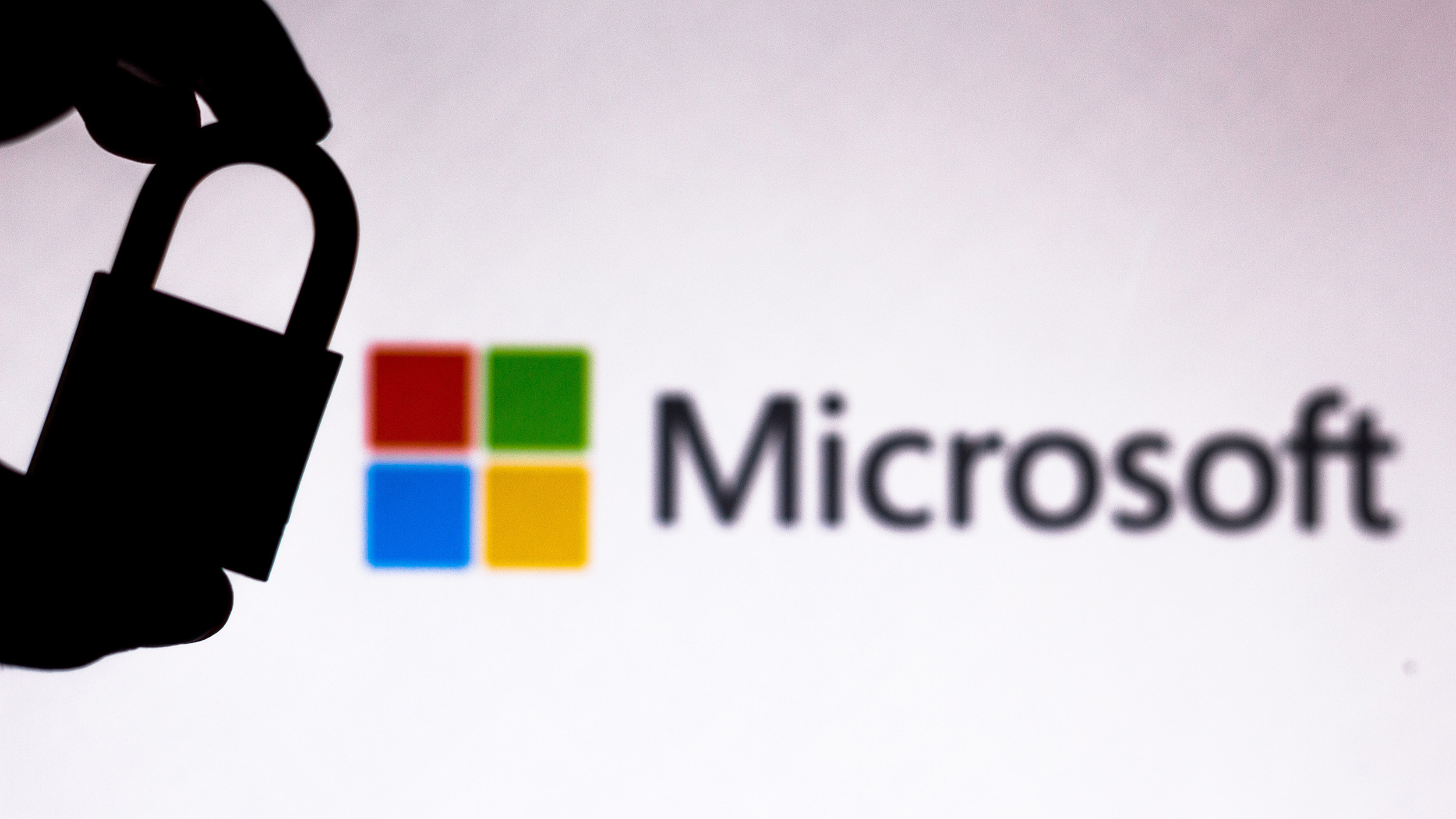 Microsoft SQL password-guessing attacks rising as hackers pivot from OneNote vectors
Microsoft SQL password-guessing attacks rising as hackers pivot from OneNote vectorsNews Database admins are advised to enforce better controls as attacks ending in ransomware are being observed
By Rory Bathgate
-
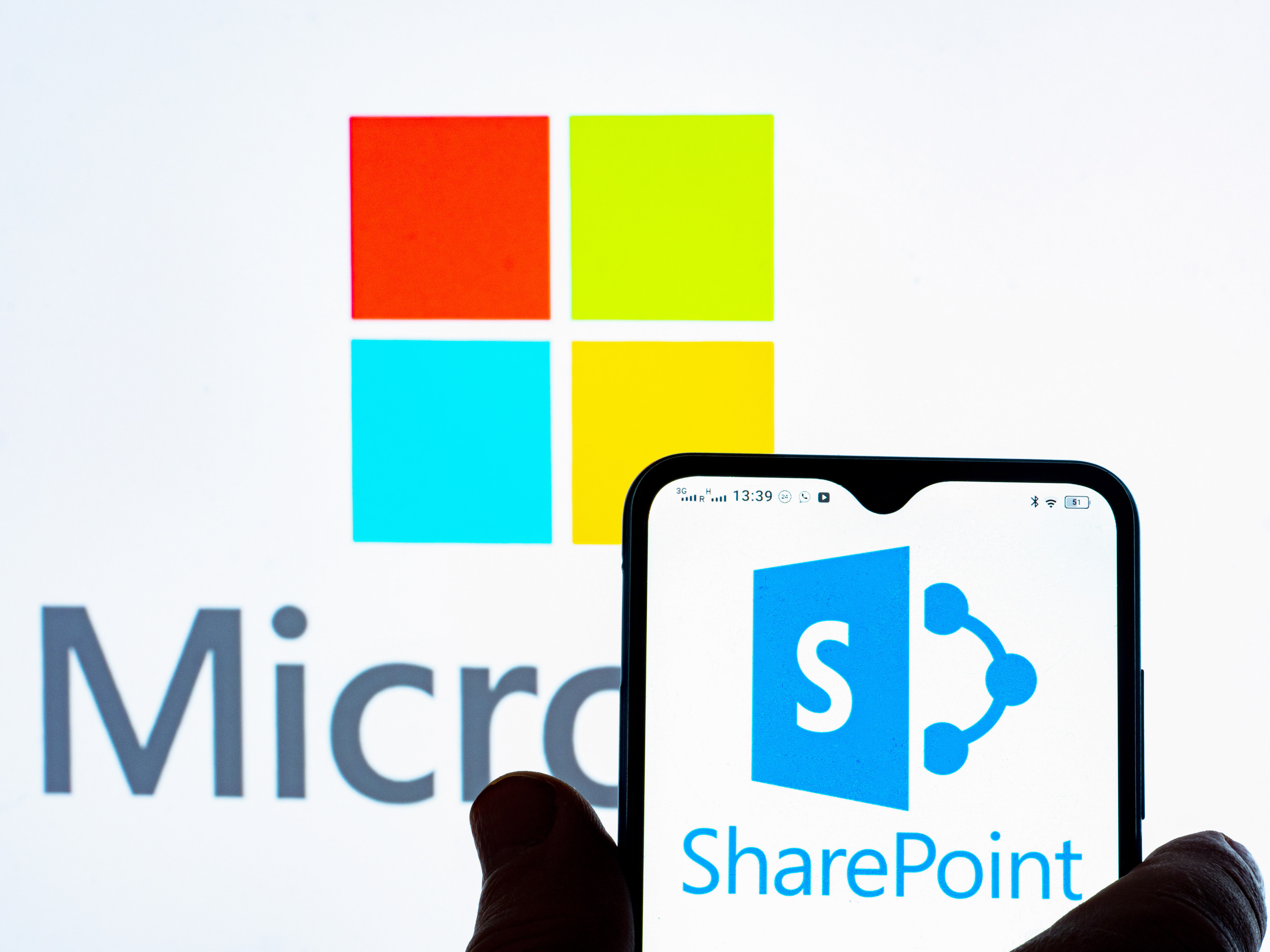 No, Microsoft SharePoint isn’t cracking users’ passwords
No, Microsoft SharePoint isn’t cracking users’ passwordsNews The discovery sparked concerns over potentially invasive antivirus scanning practices by Microsoft
By Ross Kelly
-
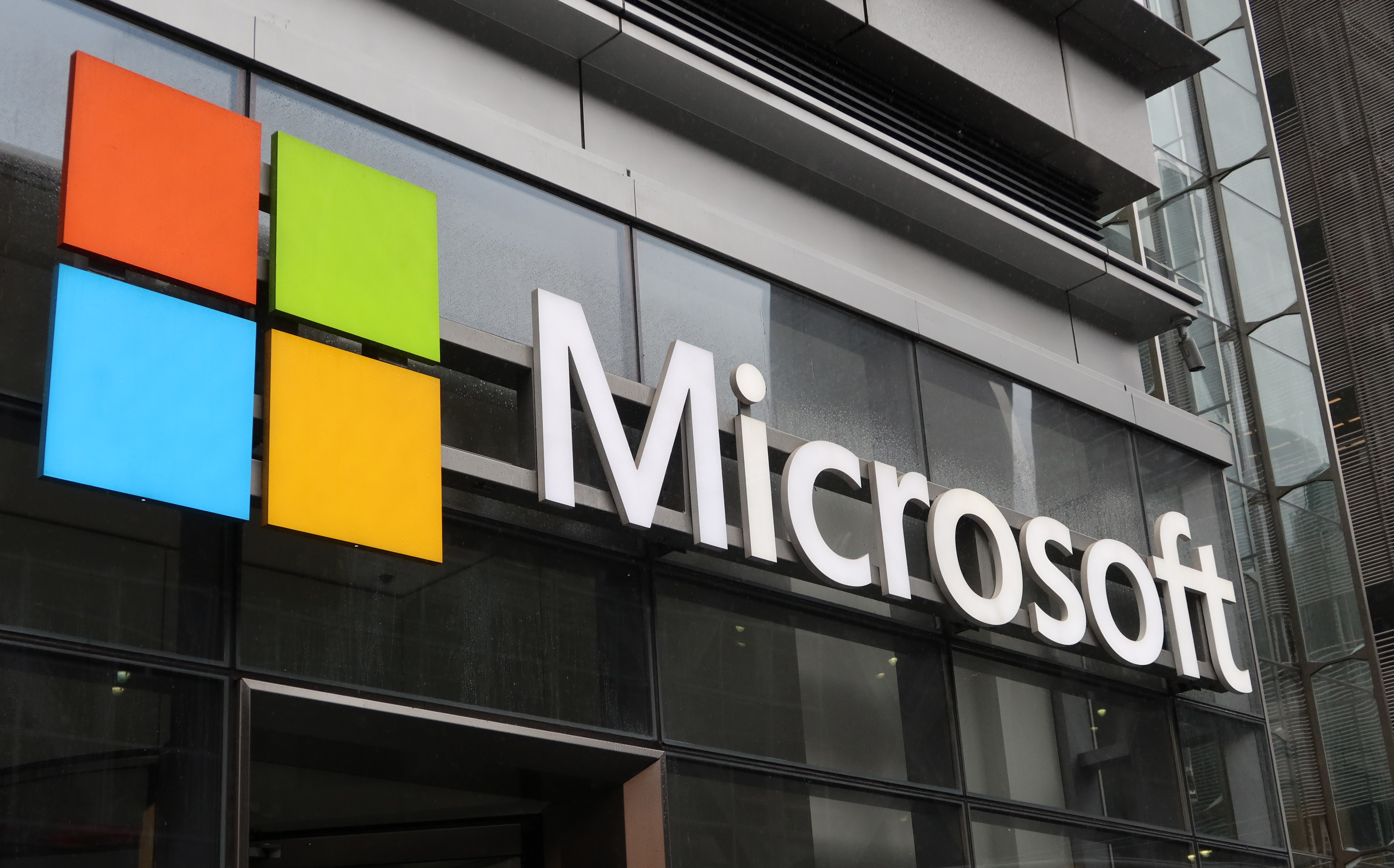 Microsoft Authenticator mandates number matching to counter MFA fatigue attacks
Microsoft Authenticator mandates number matching to counter MFA fatigue attacksNews The added layer of complexity aims to keep social engineering at bay
By Connor Jones
-
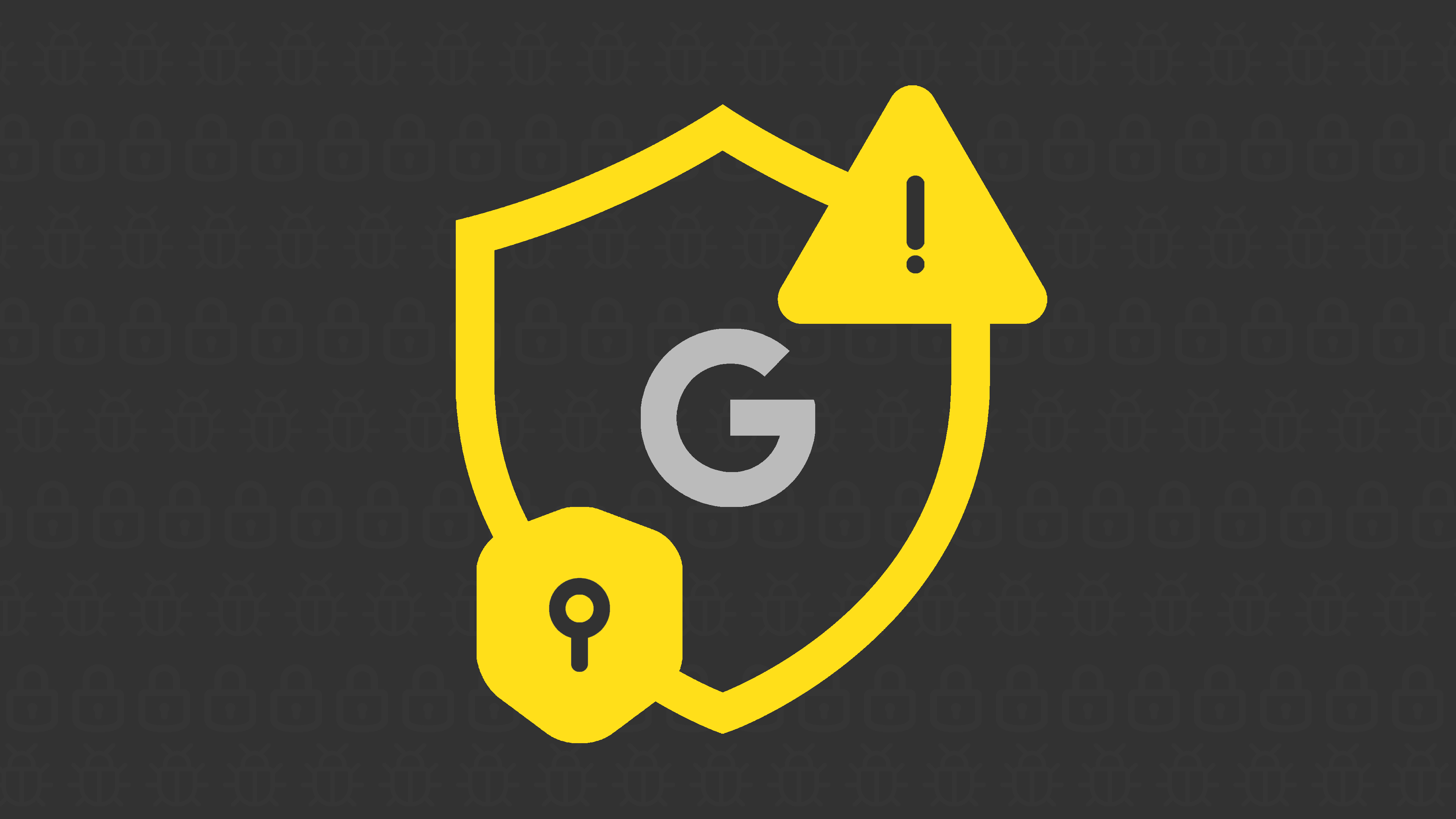 As Google launches passwordless authentication for all, what are the business benefits of passkeys?
As Google launches passwordless authentication for all, what are the business benefits of passkeys?News Google follows Apple in its latest shift to passwordless authentication, but what are the benefits?
By Ross Kelly